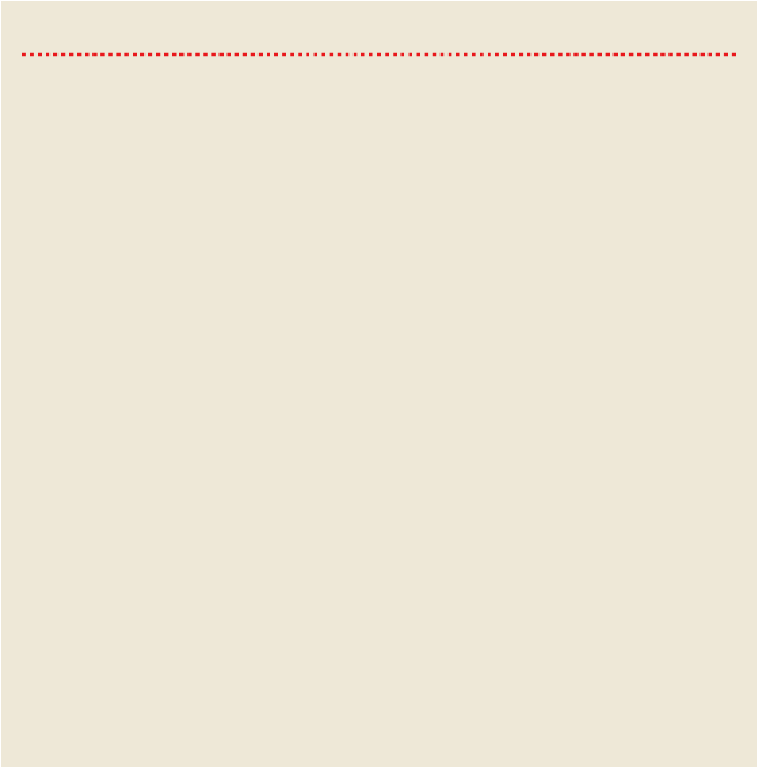Travel Reference
In-Depth Information
WHO'S WHO IN RENAISSANCE & BAROQUE ART
»
Giotto di Bondone (c 1266-1337)
Said to have ushered in the Renaissance; two masterworks: the
Cappella degli Scrovegni (1304-06) in Padua and the upper church (1306-11) in Assisi.
»
Donatello (c 1382-1466)
Florentine born and bred; his
David
(c 1440-50) in the collection of the
Museo del Bargello in Florence was the first free-standing nude sculpture produced since the classical
era.
»
Fra' Angelico (1395-1455)
Made a saint in 1982; his best-loved work is the
Annunciation
(c 1450)
in the convent of the Museo di San Marco in Florence.
»
Sandro Botticelli (c 1444-1510)
Primavera
(c 1482) and
The Birth of Venus
(c 1485) are among
the best-loved of all Italian paintings; both in the Uffizi.
»
Domenico Ghirlandaio (1449-94)
A top Tuscan master; his frescoes include those in the Tor-
nabuoni Chapel in Florence's Basilica di Santa Maria Novella.
»
Michelangelo Buonarotti (1475-1564)
The big daddy of them all; everyone knows
David
(1504)
in the Galleria dell'Accademia in Florence, and the Sistine Chapel ceiling (1508-12) in Rome's Vatic-
an Museums.
»
Raphael Santi (1483-1520)
Originally from Urbino; painted luminous Madonnas and fell in love
with a baker's daughter, immortalised in his painting
La Fornarina,
in Rome's Galleria Nazionale
d'Arte Antica: Palazzo Barberini.
»
Titian (c 1490-1576)
Real name Tiziano Vecelli; seek out his
Assumption
(1516-18) in the Chiesa
di Santa Maria Gloriosa dei Frari (I Frari), Venice.
»
Tintoretto (1518-1594)
The last great painter of the Italian Renaissance, known as 'Il Furioso' for
the energy he put into his work; look for his
Last Supper
in Venice's Chiesa di Santo Stefano.
»
Annibale Caracci (1560-1609)
Bologna-born and best known for his baroque frescoes in Rome's
Palazzo Farnese.
»
Michelangelo Merisi da Caravaggio (1573-1610)
Baroque's bad boy; his most powerful work is
the
St Matthew Cycle
in Rome's Chiesa di San Luigi dei Francesi.
»
Gian Lorenzo Bernini (1598-1680)
The sculptor protégé of Cardinal Scipione Borghese; best
known for his
Rape of Persephone
(1621-22) and
Apollo and Daphne
(1622-25) in Rome's Museo e
Galleria Borghese.
The New Italy
By the 18th century, Italy was beginning to rebel against years of foreign rule - first under
the French in Napoleon's time and then under the Austrians. But although new ideas of
political unity were forming, there was only one innovation in art - the painting and en-
graving of views, most notably in Venice, to meet the demand of European travellers

